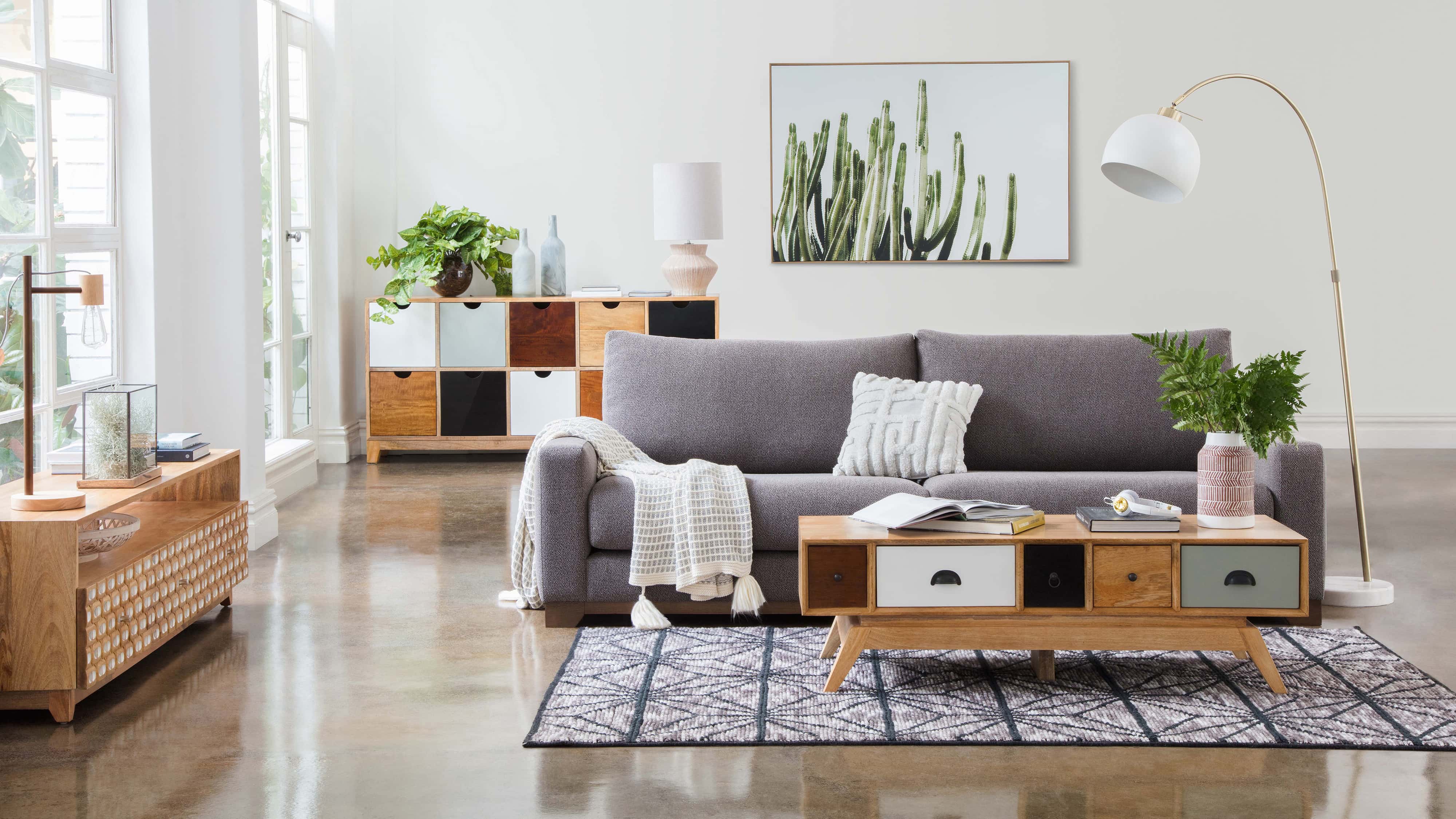From time to time we discuss the steps necessary to making a house ready for the real estate market. In those discussions, we often speak of depersonalisation. Depersonalising your home is, essentially, undoing all the steps you’ve taken over the years to make that house your home. House stylists tell us that depersonalising your home is one of the most important things you can do to make the most of your home investment.
Each of us has our own ‘style’. We might see our style most often in the clothes we choose to wear, but that same style bleeds over into the decorating choices we make in our homes. That’s what having a cosy, liveable home is all about. However, a liveable home is quite different from a sellable one.
When you put your home on the market for sale, you are faced with potential buyers who don’t always share your tastes. It may make perfect sense for you to paint one of your three bedrooms pink for your daughter and another blue for your son. Potential buyers don’t always have those same gender combinations in terms of their children. Nor does everybody want to cook in a purple kitchen.
In order to make the most of your home investment, it’s important to neutralise your own tastes and find ways to appeal to as many potential buyers as possible. Home stagers have countless tricks up their sleeves but of all their talents, the skill to make a house widely appealing is their stock in trade.
If you have chosen not to hire a house stylist, and aim to stage your property yourself, you’ll want to spend some time thinking about the word ‘impersonal’. It’s a word that screams stark and sterile. Can you make a space broadly appealing yet still warm and welcoming? Yes. As a matter of fact, you can.
When you check into an upscale hotel, you can usually spot the kind of impersonal we’re speaking about. It’s clean, there are few if any large doses of bright colour, and it’s elegant by virtue of the little things.
The paint is soft and subdued. The art on the walls is tasteful. The fabrics in use are neutral in colour. The towels in the bathroom are fat and thirsty and the toiletries don’t clutter the counter, but claim only a small bit of bathroom benchtop. The same is true of all the other surfaces in the guest rooms and the lobby. There is no unnecessary clutter. It is all dressed to be elegant and understated but welcoming and secure feeling.The little things you’ll want to use in the staging of your home will be very much like the amenities in your dream hotel.
The first key is clean. Mirrors should shine, as should any surface that’s meant to shine. From sink taps to drawer pulls – if it’s metallic or mirrored, polish it. Benchtops, desks, tables and shelves should be dust and clutter free. A few carefully chosen pieces – things like a toaster in the kitchen, a globe on the desk, a tasteful centrepiece on the dining and coffee tables – will show off your space without overwhelming it.
The point of the furniture in your self-staged house is to suggest placement to potential buyers. The placement should take into account the traffic flow in each room. Not too much furniture is necessary – just enough to demonstrate the way the space works. Your prospective buyer will measure the rooms by the furnishings within it. This enables them to know whether or not their own furnishings will fit.
Most home sellers depend on house stagers to provide the ideal furnishings, art, rugs and other touches that will look best in the house. You may be somewhat limited. Few of us have enough beds to furnish the house we’re living in as well as the one we’re moving away from.
Before you rule out home staging services entirely, call a professional for an estimate. Often a good staging firm can offer you a limited package that will fit within your budget and still give you the upscale, neutral look you need. Depersonalising your house isn’t as easy as some might imagine, but a professional house stager can get the job done for a surprisingly affordable cost.




